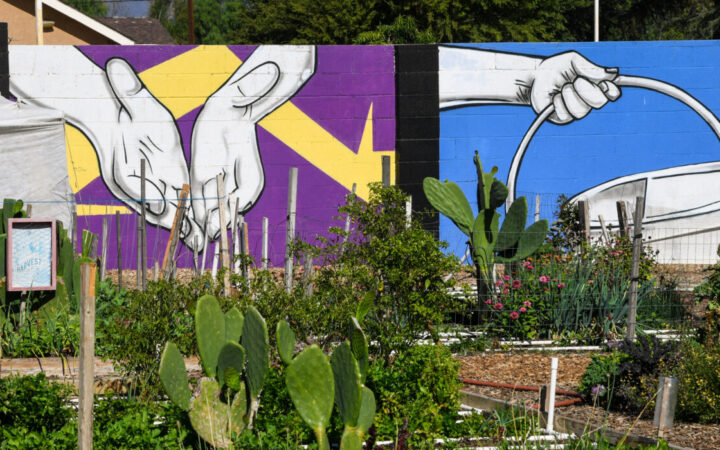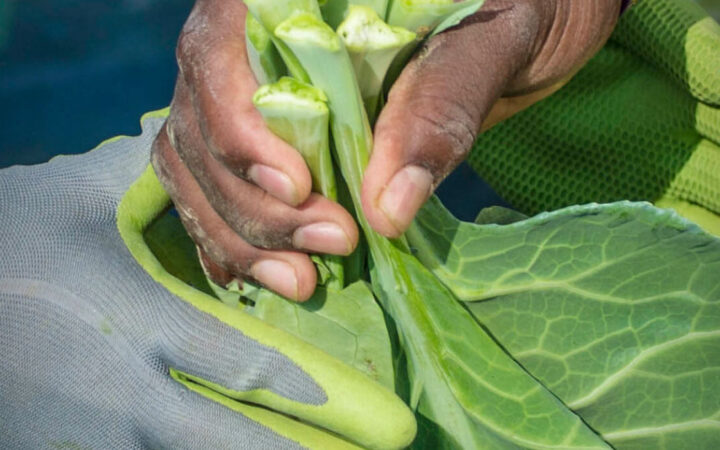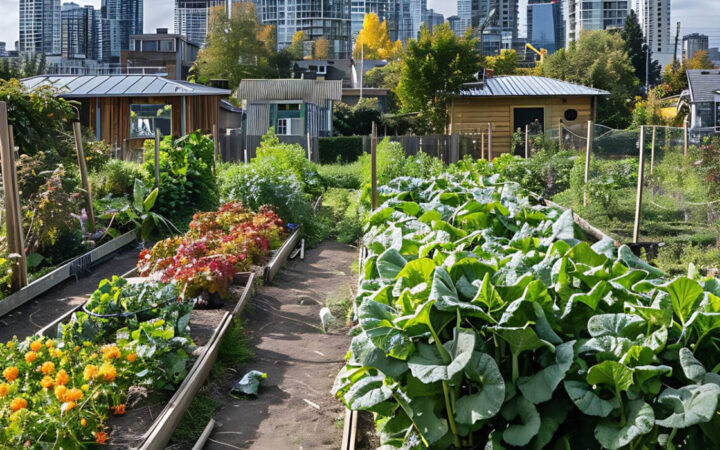This resource discusses the different legal obstacles to growing food for those who rent their home, lease the land they live on, or live in common interest communities, and provides examples of local laws that support growing food where you live.
Introduction
Being able to grow food where you live is a valuable right, but not everyone may have this opportunity based on the kind of housing they live in. The ability to grow your own food has nutritional, cultural, environmental, economic, and historical significance. It can help alleviate food insecurity by providing access to healthy, culturally relevant food. Homegrown food connects people to their families, cultures, and history and can help support food sovereignty. Locally grown food reduces reliance on industrial food production and transportation practices that contribute to climate change. These are just a few of the reasons why being able to grow food where you live is vital.
The COVID-19 pandemic also highlights the importance of making access to healthy food easier, including through front yard, backyard, and community gardens. People have been encouraged to avoid crowded public areas, including grocery stores, due to the high transmissibility of the virus, and while physically distancing at home, many people turned to outdoor activities to support mental health. Growing food at home also can help to stretch food budget dollars, which has become even more important for the millions of people who have experienced economic challenges related to the pandemic.
This resource focuses on opportunities for—and challenges to—growing food for people who rent their home, lease the land they live on, or live in common interest communities. People who live in these types of housing situations may face unique legal obstacles to growing food on the land where they reside that go beyond state and local laws that apply to anyone who wants or needs to grow food at home. These restrictions can come from leases, contracts, community agreements, state and local law, property covenants, and court cases. This resource discusses the rights, responsibilities, and obligations that apply to these different settings to help residents, food policy councils, healthy food advocates, housing advocates, and local governments support more people in growing food where they live.
Acknowledgements
This resource was developed for the Healthy Food Policy Project by the Public Health Law Center. Rebecca Hare (Attorney Fellow) was the lead researcher and writer, with input from Ross Daniels, Natasha Frost, and Mary Marrow. Additional research and writing support was provided by student Research Assistants Carly Johnson, Rachel Lantz, and Khou Yang. Appreciation also goes out to Healthy Food Policy Project Advisory Committee members Lauren Lowery and Kathryn Underwood, and to Lihlani Skipper, the coordinator for the Healthy Food Policy Project, for their thoughtful review and comments on a draft of this resource.
Suggested Citation
Growing Food Where You Live, Healthy Food Pol’y Project, https://healthyfoodpolicyproject.org/growing-food-where-you-live (last visited May 29, 2024).



